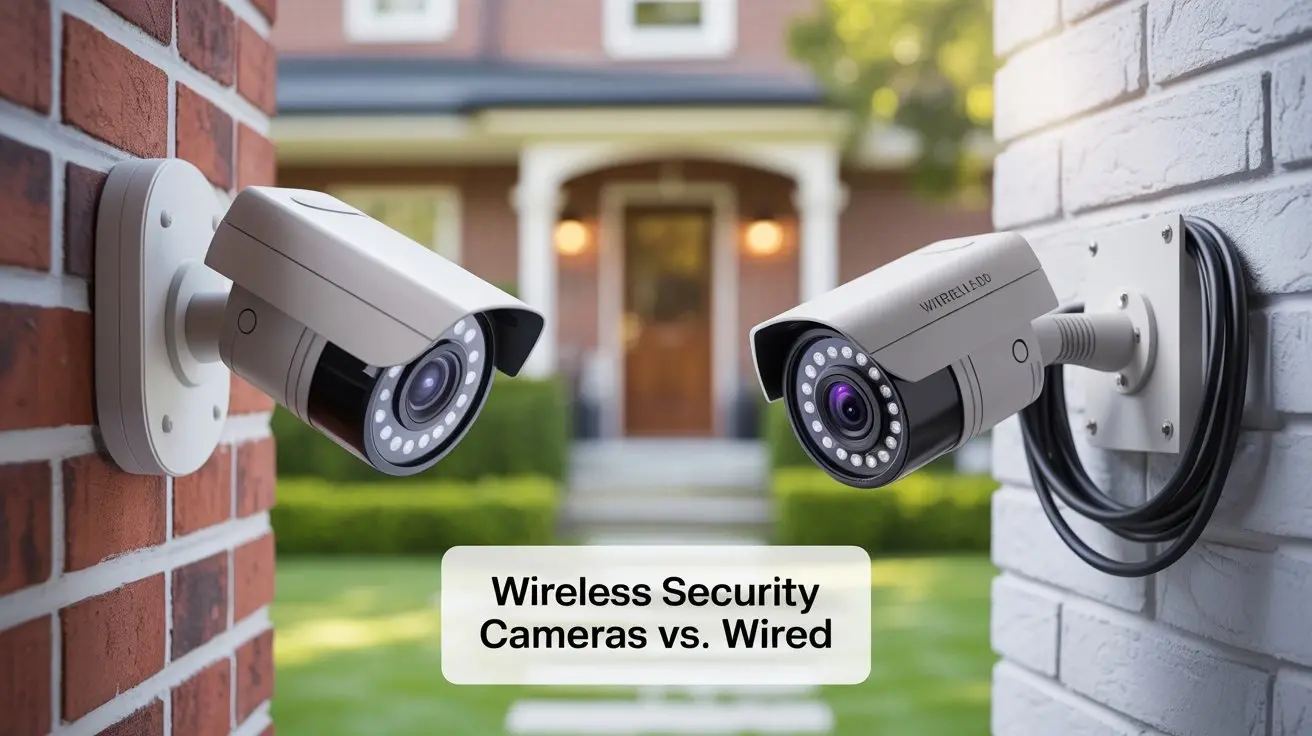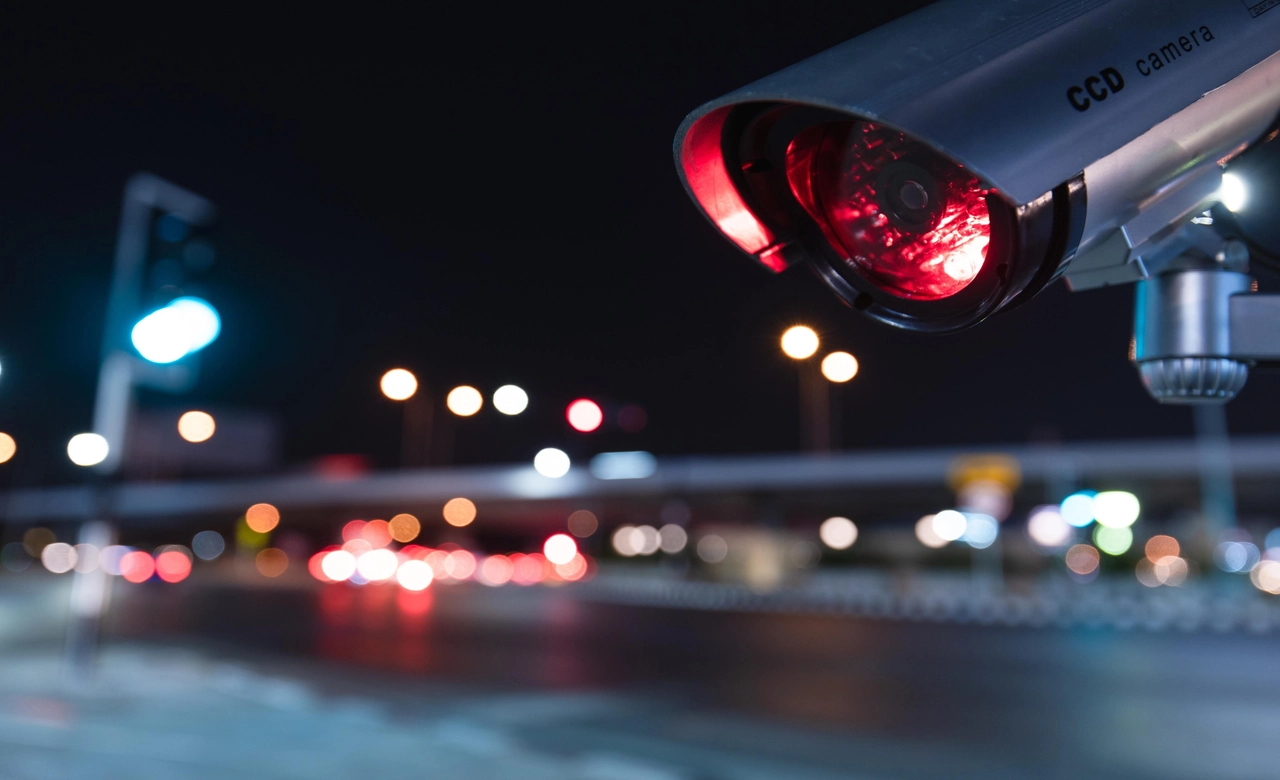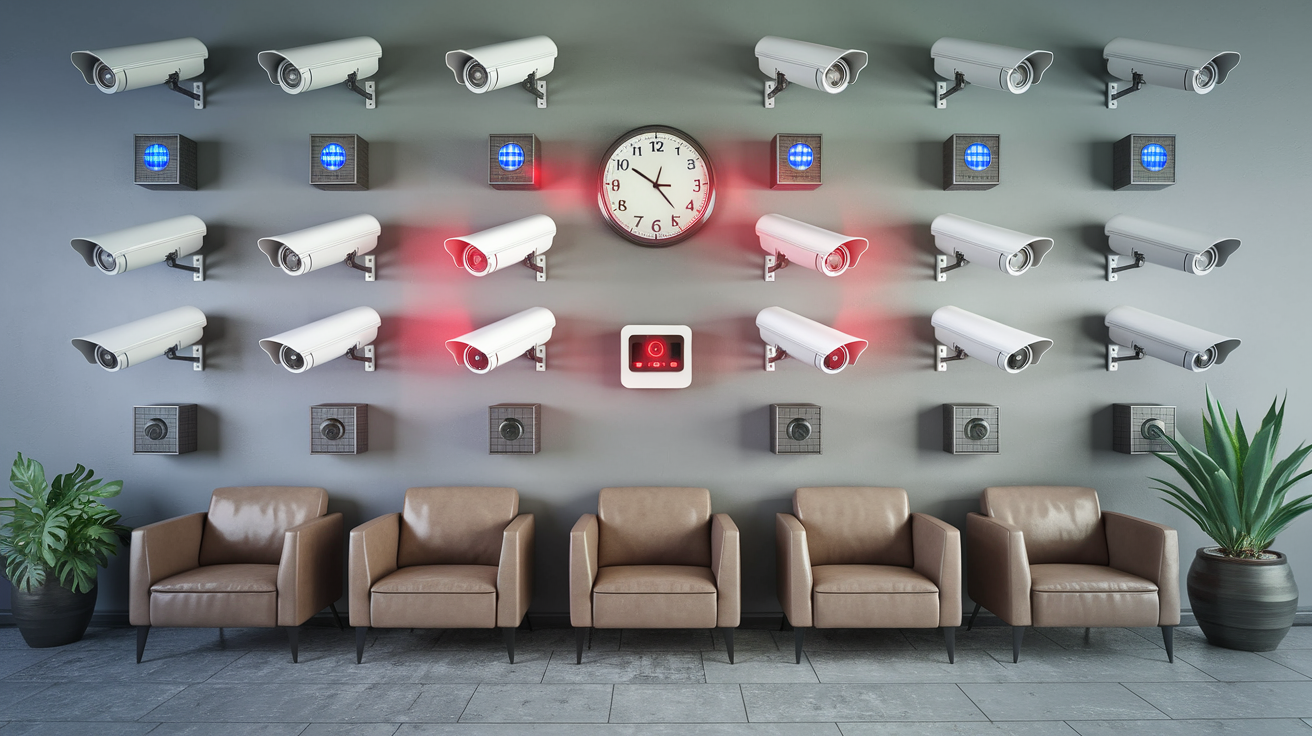Blink is a home security camera system that is known for being wireless and affordable with convenient features such as simple installation and no need to hardwire it into homes. The Blink cameras utilize internal batteries to function, and they can go up to 2 years without requiring recharge. They plug into a home Wi-Fi network to be viewed remotely via a smartphone or tablet where internet connectivity exists.
How does Blink Cameras connect to Wi-Fi?
The way that Blink cameras can work wirelessly is through a Wi-Fi chip within the camera that allows it to connect to the homeowner's wireless network router. The installation process includes first of all, downloading the Blink Home Monitor application on your smartphone or tablet, creating an account that is free of charge, and linking the Blink application to your home Wi-Fi network. Then you pair each Blink camera individually to your Wi-Fi router: pressing the pairing button and waiting for the indicator light on the camera to blink, meaning it is connected to the wireless network now.
Once connected to the Wi-Fi, the Blink camera can send the digital signal to the Blink account in the cloud where you can monitor the live or recorded video feed from the Blink camera using your smartphone or tablet from anywhere across the world. The camera transmits recorded videos through the Wi-Fi network to the Blink servers which ensures the recording and safe storage of videos in case they are required in the future. However, if the cameras are placed at a distance where they can still connect with the Wi-Fi router but are out of range of the wireless signal, then the feed will be clear.
How Battery Life Works Blink cameras?
Are solely operated using two AA lithium batteries that come with the camera set. Battery durability is affected by settings, use and the environment but Blink claims that one battery lasts about two years. Live view, motion-activated recordings, and higher resolution videos consume more battery power; therefore, they will exhaust the battery faster when frequently employed. Hot or cold temperatures may also degrade battery health and cause it to lose charge faster.
The Blink app will send you notifications when batteries are low and it is time to replace them. Battery replacement does not entail re-setting up the whole camera since it only involves the swapping of batteries. That is all that it takes; simply open the battery compartment and replace the dead AAs with new lithium or alkaline batteries. Do not remove batteries from blink until it is powered off to prevent any data problems.
Motion Detection and Alerts
One of the key attributes of Blink cameras is the ability to incorporate a motion sensor that can discern when movement is within the camera range. During installation, there is an option of choosing the areas you want to be covered by the motion detection feature in the app interface view screen making it easier to minimize unnecessary notifications. Whenever the camera detects a lot of movement in the enabled zones, it will record a clip for a time you set, say ten seconds.
There can also be notifications allowed to send alerts to your smartphone whenever there is motion even if you do not have the application running. This enables you to monitor the activity of your account in real-time from anywhere you are with your phone. This means that notification intensity can be lowered to consider regions that experience more movement such as roadsides. Notifications are less invasive but do not allow for the battery to be drained completely while still being able to monitor.
Cloud Storage and Video History
Videos recorded by motion events are streamed through Wi-Fi to Blink-secured cloud servers for storage. To view recorded video clips for more than hours in the free trial version of Blink, you have to sign up for a Blink monthly or yearly subscription plan. Premium accounts have features for archiving clips for up to two years. A free user can only watch the live streams and access only the videos that were published within the last 6 hours of the current time.
The Blink app allows you to easily swipe through a timeline of motion-based clips your cameras have recorded. Video history records the event by the camera and time therefore it is easy to locate an incident. To ensure that such clips are not removed there is a feature for favoriting to stop this from happening as new videos are received. Cloud storage enables the viewing of footage from any location, thus removing the need for local SD cards or hard drives on each camera.
Sharing Access with Family The Blink system also makes it possible to let other users, for instance, relatives, monitor the Blink cameras in real-time as well. This makes Blink suitable for monitoring the safety of children or elderly relatives. It also enables authorized users to have full or limited control of specific Blink cameras at their homes based on the permission level set by you. This is also true with alert notifications that can be sent to as many people in a given household as possible via the app.
Conclusion
All in all, Blink wireless security cameras are an effective way to monitor your home without wires as they integrate with your Wi-Fi network and cloud storage. Smartphone alerts and sharing, flexible motion detection, and long-life batteries allow for creating the necessary level of security for your family and possessions when you are not at home.
Protect your home today with ADT’s top-rated security solutions!
Call now at +1 877-470-7879 to get a free consultation and find out how you can secure your home with the best in the business. Don’t wait—ensure your peace of mind with ADT!







